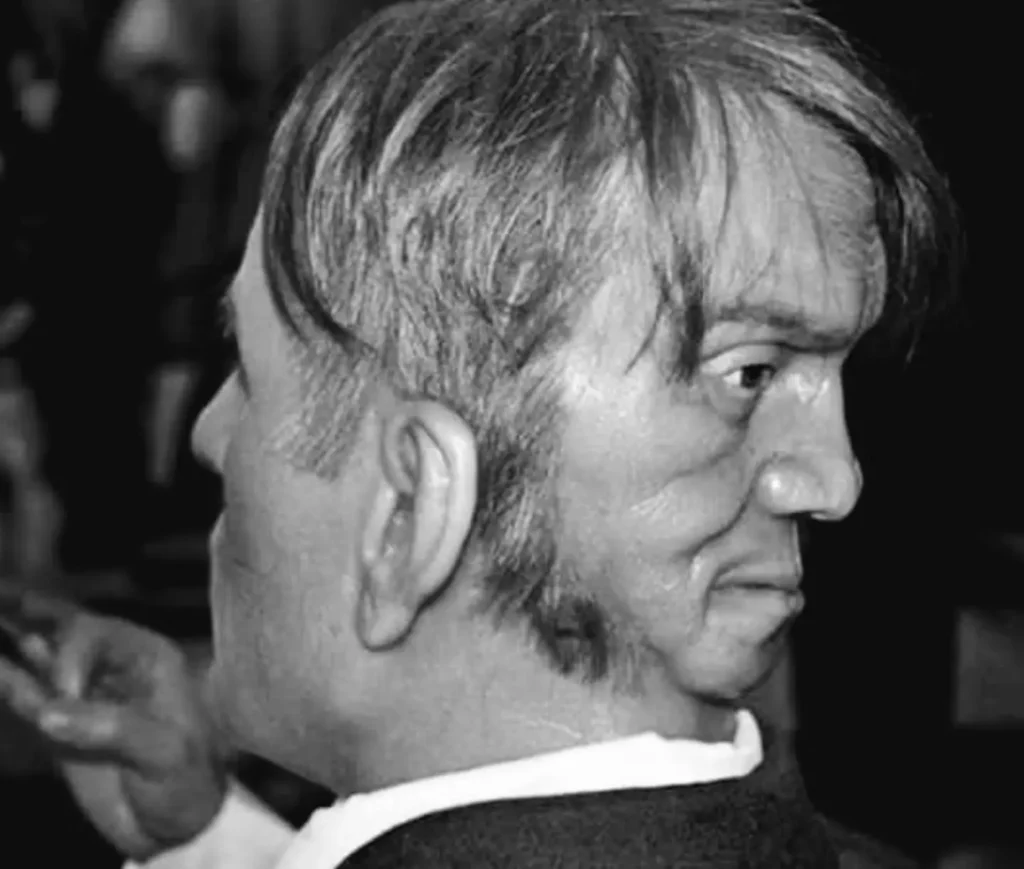The Man with Two Faces: Edward Mordake

The Mysterious Story of Edward Mordake
Edward Mordake’s story is one of the most haunting medical legends in history. Allegedly born into an English noble family in the 19th century, Mordake was said to have suffered from a bizarre and terrifying condition—a second face on the back of his head. Unlike his primary face, this secondary face was sinister, described as crying when he laughed and laughing when he cried. Even more disturbingly, it was rumored to whisper horrifying things to him at night, slowly driving him insane.
Shunned by society and unable to find medical relief, Mordake reportedly took his own life at the age of 23, leaving behind a legacy that would inspire countless works of fiction, music, and television.
But is his story real, or is it just another eerie urban legend?
Is It Medically Possible?
The condition attributed to Edward Mordake resembles craniofacial duplication (diprosopus), a rare congenital disorder in which parts of the face are duplicated due to abnormal embryonic development. However, no known medical case has ever recorded a second face with independent thoughts, speech, or emotions.
While some individuals with diprosopus have been born with partially formed duplicate facial features, they have never possessed a conscious or functional second face. The idea that Mordake’s second face could whisper to him or react emotionally leans more into the realm of folklore than medical reality.
Origins of the Myth: A Journalist’s Invention?
The first known mention of Edward Mordake appeared in an 1895 article by American journalist Charles Lotin Hildreth. The article, which claimed to document strange medical anomalies, provided no verifiable sources or medical records. In fact, none of the so-called “cases” described in the piece have ever been authenticated by the medical community.
Additionally, no official birth or death records for Edward Mordake exist, further suggesting that his story was a work of fiction rather than historical fact.
Edward Mordake in Popular Culture
Although likely a fabrication, the eerie tale of Edward Mordake has captured the imagination of artists, writers, and filmmakers for over a century:
- Tom Waits’ Song “Poor Edward” (2003) – A haunting ballad based on the legend.
- American Horror Story: Freak Show (2014) – Mordake appears as a supernatural character.
- Harry Potter and the Sorcerer’s Stone (1997) – The depiction of Professor Quirrell with Voldemort’s face on the back of his head is widely believed to have been inspired by Mordake’s legend.
Fact or Fiction?
Despite its chilling appeal, the story of Edward Mordake lacks any historical or medical evidence. His tale likely originated from a work of sensationalist journalism, blending elements of gothic horror with real but misunderstood medical conditions.
Whether real or not, Edward Mordake remains one of the most enduring and unsettling figures in medical mythology, proving that sometimes, the most terrifying stories are the ones we desperately want to believe.
Views: 2





